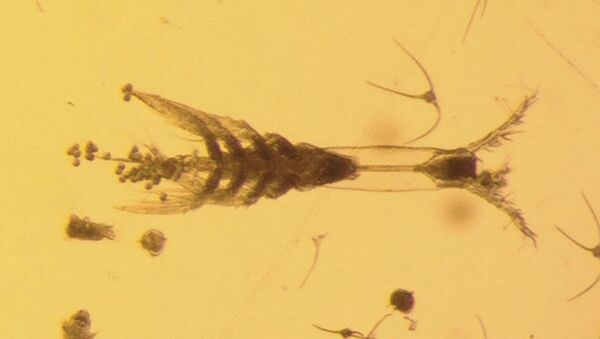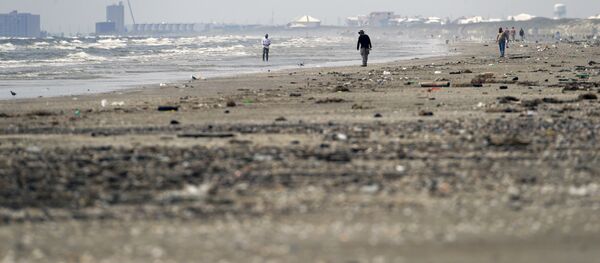Aurelie Delaforge, a PhD student at the University of Manitoba's Centre for Earth Observation Science, has recently published the results of her 2014 expedition to an ice camp in the Canadian Arctic Archipelago, where she was gathering sea ice samples for her thesis.
The researcher found a new funny creature, which has been called a "monster" because it is part of the marine copepod Monstrilloida family. She described the new crustacean and its difference from others in the latest edition of the ZooKeys journal. There are more than 160 different species of the same group floating around the world.
It "differs in its body proportions and cephalothorax ornamentation; the cephalothorax is covered by minute scattered papillae on dorsal and ventral surfaces; this species has a reduced fifth leg endopod, fifth leg exopod armed with three setae, antennule with fused segments 3–4, and the genital double-somite bears unique posterolateral processes," Delaforge wrote.
The samples were collected between months of May and June, the only two months when these plankton take their adult form, otherwise these tiny "monsters" are not easy to find.
The specimens were then sent to Mexico, where world's monster identification specialist Eduardo Suárez-Morales confirmed their "identity."


